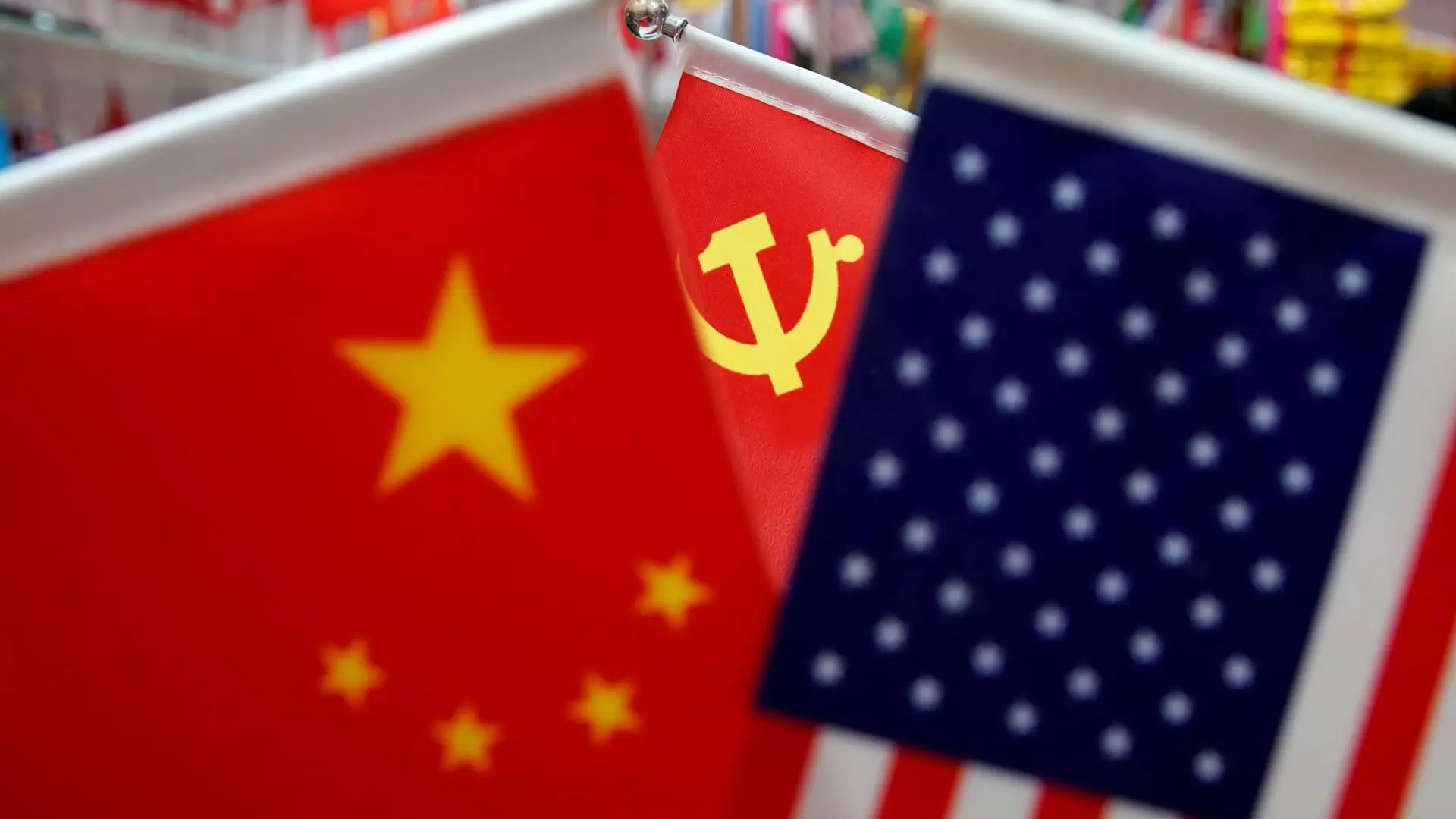Following the announcement of Donald Trump’s re-election as President, China’s call for enhanced cooperation with the United States highlights the ongoing complexities of their bilateral relationship. The past few years have been characterized by increasing tensions, with tariffs and trade restrictions profoundly impacting both economies. As China expresses its willingness to collaborate based on mutual respect and benefit, the question of how this cooperation can materialize amidst looming tariffs remains pertinent.
China’s Ministry of Commerce, represented by spokesperson He Yongqian, stated the nation’s readiness to enhance dialogue and cooperation while addressing the potential U.S. tariffs and restrictions on high-tech industries. The emphasis on “peaceful coexistence” denotes an attempt to de-escalate the mounting pressures and find a constructive way forward. This perspective aligns with Chinese President Xi Jinping’s earlier remarks that underscored the value of bilateral relationships, suggesting that the foundation for cooperation still exists even amidst economic headwinds.
While the Chinese government presents an optimistic stance, analysts note that Trump’s administration may not view the situation the same way. With Trump’s history of adopting a tough position toward China, analysts like Yue Su predict a continuation or even escalation of punitive measures against Chinese imports. The potential use of the International Emergency Economic Powers Act to impose tariffs effectively underlines a strategy that could further fragment trade relations.
Experts are divided over the impact and legitimacy of these anticipated tariffs. Some believe that the proposed tariff increases represent a severe threat to economic interactions, while others, like David Chao from Invesco, express skepticism regarding the magnitude of these changes. Chao suggests that the Trump administration may strategically delay imposing tariffs to extract concessions from China. This nuanced perspective implies that despite looming threats, there is room for negotiation.
Chao’s assertion that major multinational corporations may not be significantly deterred by these proposed tariffs indicates a complex economic landscape. Businesses operate on predictions; thus, if they perceive tariffs as a temporary hurdle, they may maintain investments and operations while strategically navigating through regulatory challenges.
Ultimately, for U.S.-China relations to thrive, a collaborative framework built on trust and mutual advantages is essential. The current economic landscape demands dialogue, not just at the rhetoric level but translating into actionable agreements that can restore stability and growth. China’s willingness to push for constructive dialogue is a step toward mitigating a potentially escalating trade war, but it hinges significantly on the reception from Washington.
While the path ahead may be fraught with challenges, both nations must recognize the importance of economic interdependence in an increasingly globalized world. Collaborative efforts can pave the way for a more harmonious relationship. The commitment to “win-win cooperation” may be the antidote to years of escalating tensions; yet, it will require tangible steps toward understanding and compromise from both sides.

